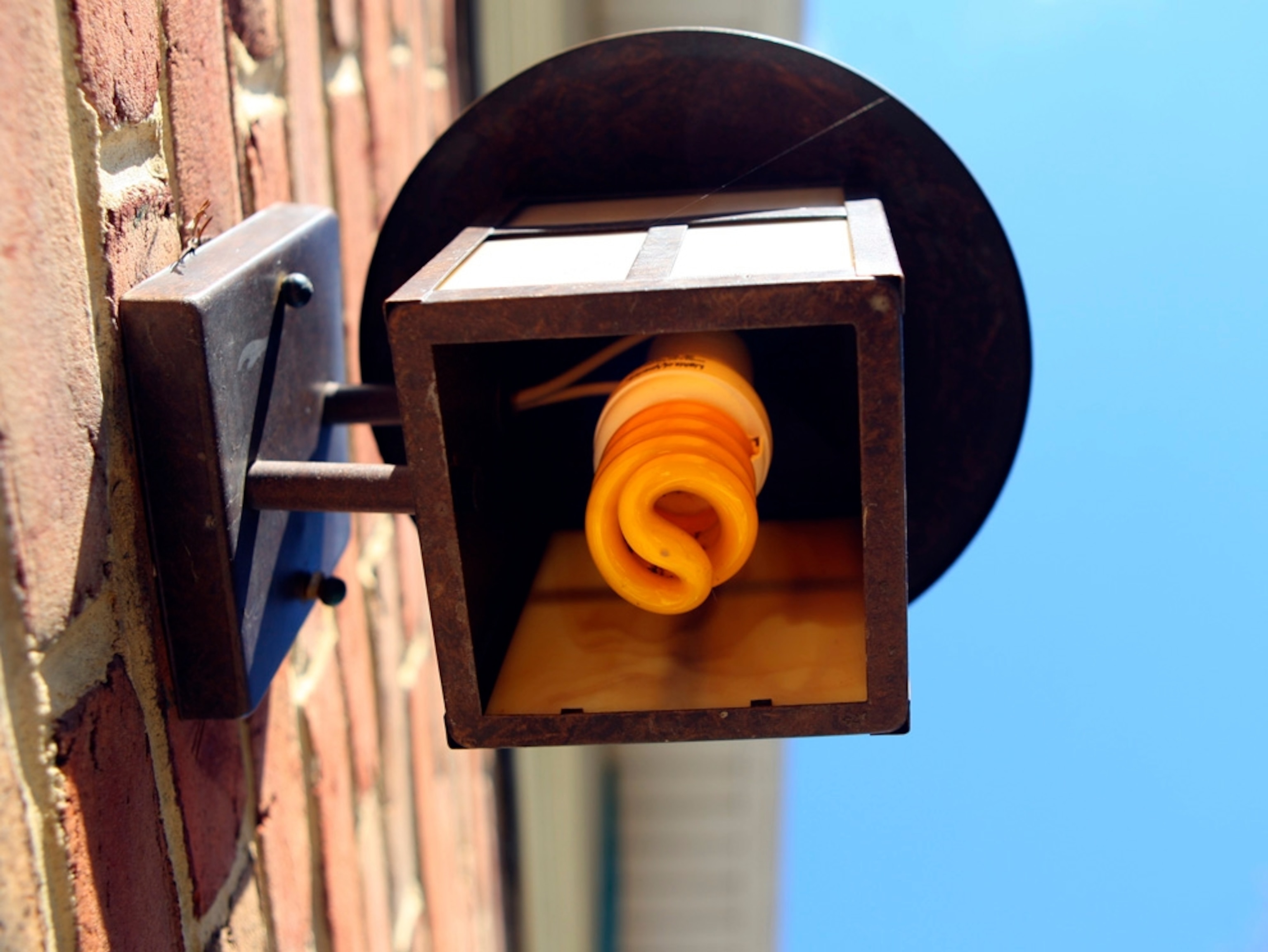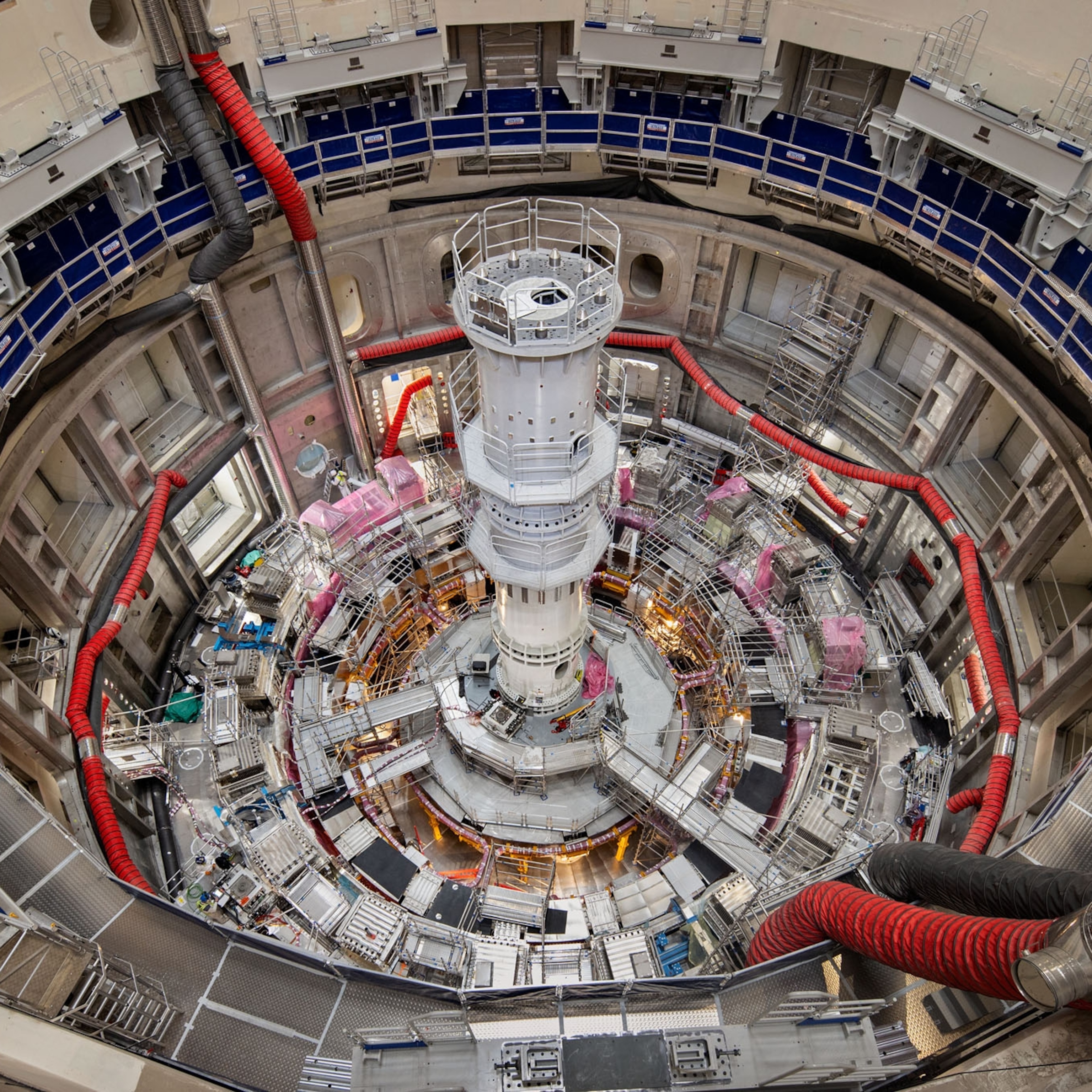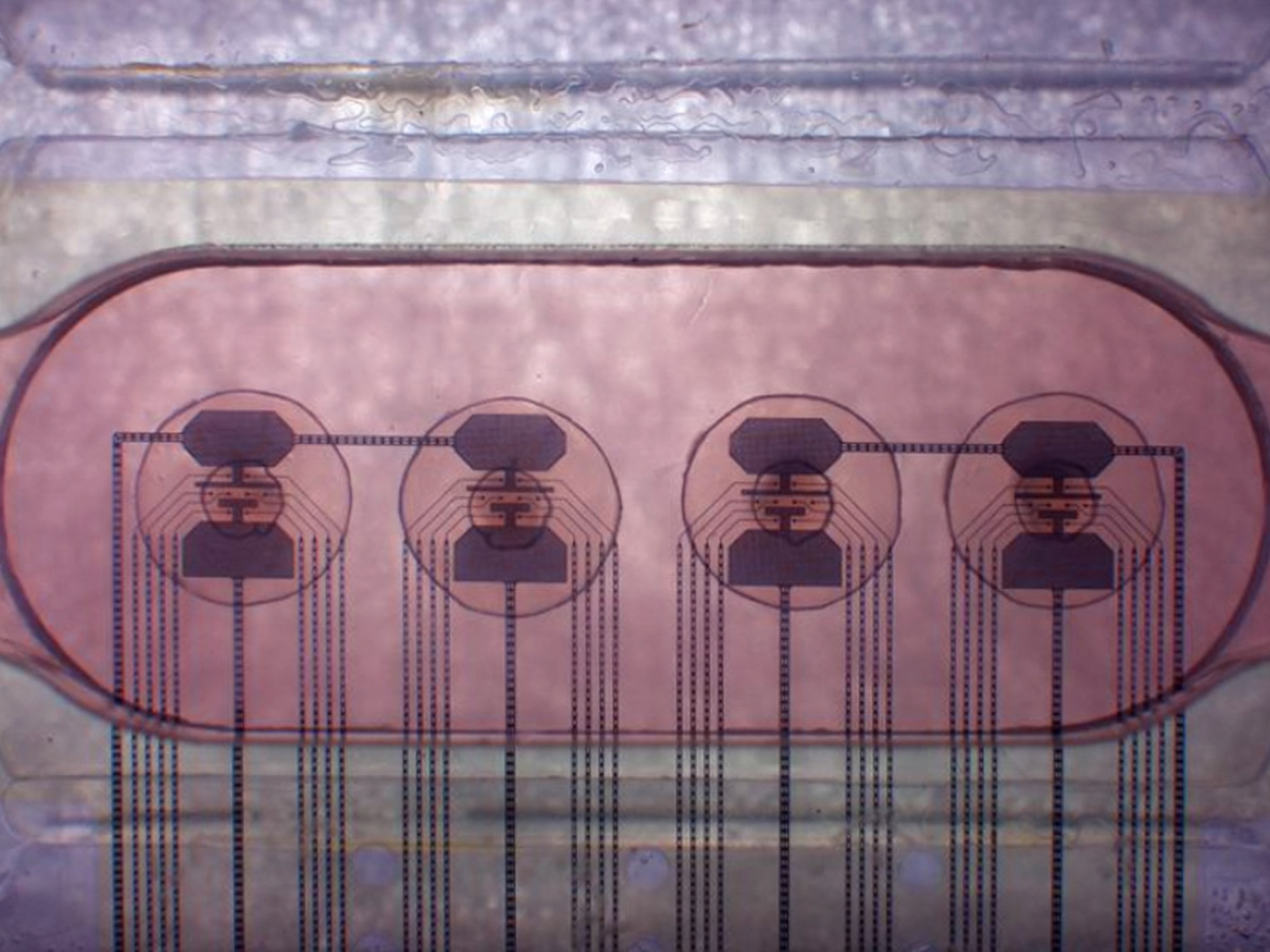
Putting a (Smiley) Face on Energy Savings
While utilities race to install smart meters, some urge a simpler approach for motivating consumers to use less electricity.
This story is part of a special series that explores energy issues. For more, visit The Great Energy Challenge.
Simple smiley faces may drive the next phase of home energy conservation, and perhaps more cheaply than costly hardware upgrades like smart meters and appliances that can talk to them.
Like grades on a primary school paper, the icons are stamped on energy use reports from companies like Xcel Energy in Minnesota and Commonwealth Edison in Illinois as they try to motivate customers to cut power use. This is an accounting quite separate from, and different than the utility bills that traditionally provide consumers’ sole feedback on their power habits. These enhanced statements tell people if they've used less energy than their neighbors, which turns out to be a good push for competitive and socially sensitive Americans.
“Most people will become engaged if they find out their neighbors are using half the energy and spending a whole lot less each month,” says Karen Ehrhardt-Martinez, lead author of a recent report on “residential feedback programs” from the American Council for an Energy-Efficient Economy.
The report argues that just a bit of carefully crafted information will prod consumers to save billions in energy bills. Utilities should resist focusing too much on high-profile investments like smart meters, says John A. “Skip” Laitner, director of economic and social analysis for the energy council. “Smart meters in and of themselves are not really smart enough to get the job done for consumers and our economy.”
The Smart Meter Race
All across the country, utilities are racing to install the new meters that report energy use every day, if not more often, instead of the monthly reports that the companies have gathered for decades with home visits. By 2015, utilities will have spent about $5 billion deploying the new meters, according to a recent report from ABI Research. More than 10 million homes already have them, and some utilities like California's giant Pacific Gas and Electric say they'll have all their customers outfitted in a few years.
(Related: “The 21st Century Grid”)
But most companies have only started experimenting with sharing the data with their customers through in-home displays or software like Google's PowerMeter.
(Related: “Google Searches for Key to Energy Savings”)
Part of the problem is that the meters are simply ahead of the technology that is being developed to help consumers benefit from them. Electronics companies are working to develop new gadgets and software for bringing the energy-use data to residents. They've joined with utilities and others in groups like the SmartGrid Consumer Collaborative and the ZigBee Alliance, which is a leading wireless technology for distributing meter data.
Some envision consumers getting data and energy tips from dedicated displays, such as those being developed by Intel, Cisco and other computing companies. Other residents will want more control through portable electronics like iPhone apps or desktop computers. But many experts argue that the lowly thermostat, where consumers already interact with their biggest energy use, will be the home energy controller of the future.
The thermostat is where many consumers already program in their lifestyle details, such as the hours they're typically away from home, to reduce their heating and cooling costs. The same information can guide appliances that are smart enough to be linked to a smart meter, including new water heaters and lights. "The vast majority of consumers will want to connect with the smart meter through their thermostat," says Geoff Godwin, marketing vice president at Emerson Climate Technologies, a division of Emerson Electric Co. that makes thermostats.
Neighborly Competition
While all the new hardware will help, utilities don't need it to start realizing significant energy savings, say executives at OPower, a Virginia company that's stamping the smiley faces and other motivational cues on energy-use reports to customers. The company is employing a much cheaper weapon in the fight to cut energy consumption: human psychology.
Those smileys are the result of scientific studies into the consumer psyche, of what motivates human action. "We're using behavioral science that's straight out of the university to get people to cut their energy use," says Patrick Stanton, an OPower executive for client solutions.
OPower's chief science officer, in fact, wrote the book on persuasion: Robert Cialdini's 1984 "Influence" is one of the best-selling descriptions of what motivates humans. On behalf of OPower, the former Arizona State University psychology professor experimented with consumer messages on energy use, finding that a comparison with neighbors worked better than talking about saving dollars or helping society.
More than 35 utilities have signed onto OPower's program, including Commonwealth Edison in Illinois, Xcel and Dominion in Virginia. OPower combines the monthly energy data already available to utilities with demographic information to craft reports for each home. The result is a report that compares a home's energy use to its neighbors, and simple suggestions on how a household might cut its use—such as setting back the thermostat when away from home, or switching to more efficient light bulbs.
More than 75 percent of the people who get the enhanced reports do something to measurably reduce their energy use, says Stanton at OPower. On average, utilities see the campaigns reduce demand by more than 2 percent, which has already saved consumers about $16 million, or 134 million kilowatt-hours, according to OPower. That’s equivalent to the power used by about 12,000 average U.S. homes in one year.
The dollar savings aren't enough to keep consumers on a path to conservation. Those using less energy than their neighbors tended to start using more. That's when OPower added the smiley faces to reinforce the desired behavior.
But it seems the graphic messages have their limits. A Sacramento utility had to abandon frowny faces that went onto the reports of consumers who weren't keeping up with their neighbors. Consumers complained that was one nudge too far.








